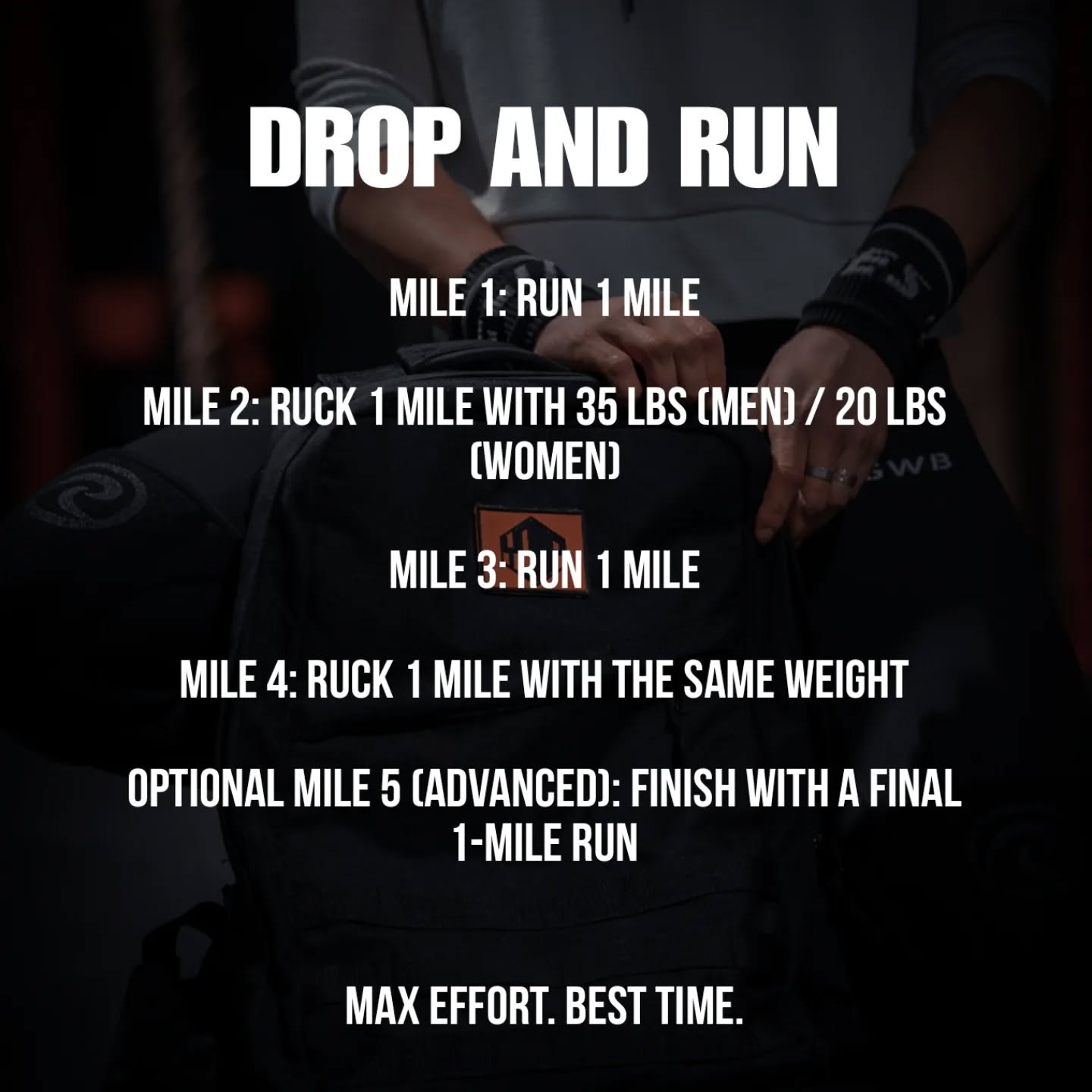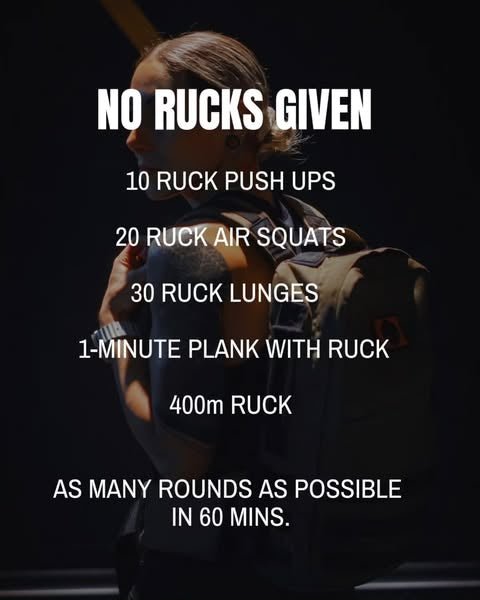How to Discover Your Baseline for Better Performance

Before you can set effective fitness goals or track meaningful progress, you need to know exactly where you stand. Establishing a baseline allows you to see how far you’ve come and how far you can go. By testing your performance regularly, you’ll stay on the right track, adjust your training as needed, and continue to grow both mentally and physically.
The 5-Mile Baseline Test
A great starting benchmark is a 5-mile effort carrying a load of 20% of your body weight. This rucking test challenges:
- Endurance
- Strength
- Mental toughness
Because this is your test, feel free to scale up or down according to your fitness level and experience. The goal is not only to finish but to understand your current capacity.
What to Track
When establishing your baseline, numbers matter—but so does how you feel. Keep an eye on the following:
-
Body weight
- Note how much you weigh so you can accurately calculate 20% for your ruck.
-
Heart Rate
- Track both your resting heart rate and your maximum during the test. Monitoring heart rate helps gauge your cardiovascular fitness and recovery.
-
Perceived Exertion
- How tough does it feel? Rate your effort on a scale of 1 to 10. This helps link physical data with mental perception.
-
Recovery Time
- Time how long it takes for your heart rate to return to near-resting levels (e.g., after 2 minutes). A quick recovery often indicates better fitness.
-
DOMS (Delayed Onset Muscle Soreness)
- Take note of any soreness 24–48 hours later. This can guide your training frequency and intensity.
Focus on More Than Just Weight
Increasing the weight of your ruck isn’t the only path to progress. Look at:
- Faster Times: Aim to cover the same distance more quickly.
- Better Recovery: Notice improvements in how fast your heart rate returns to normal.
- Efficiency: Use proper form and pacing to minimise wasted energy.
Re-Test for Growth
Once you have your baseline, test again in 6–8 weeks. Compare your stats, track improvements, and set new goals. Remember, consistency and gradual progression are key.



